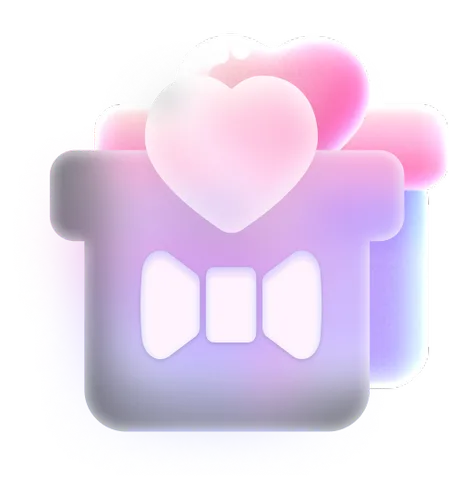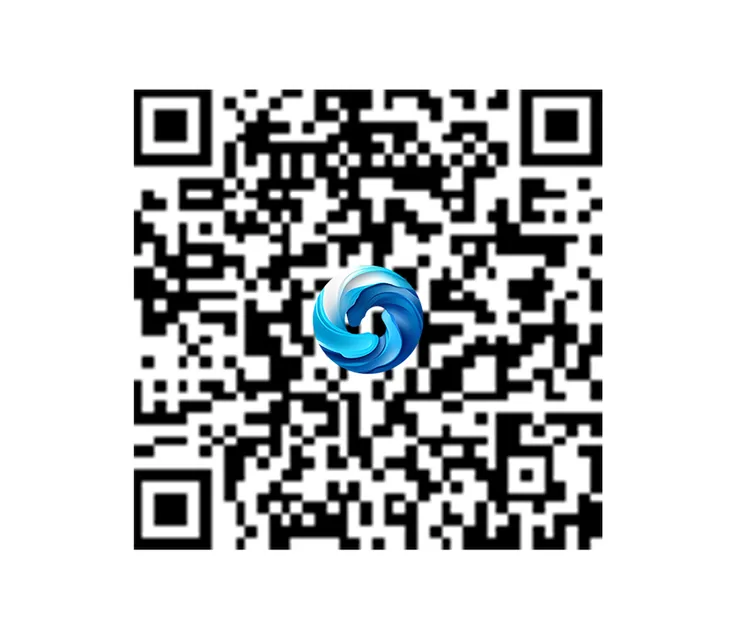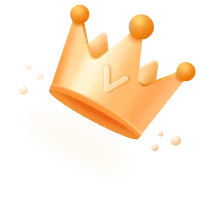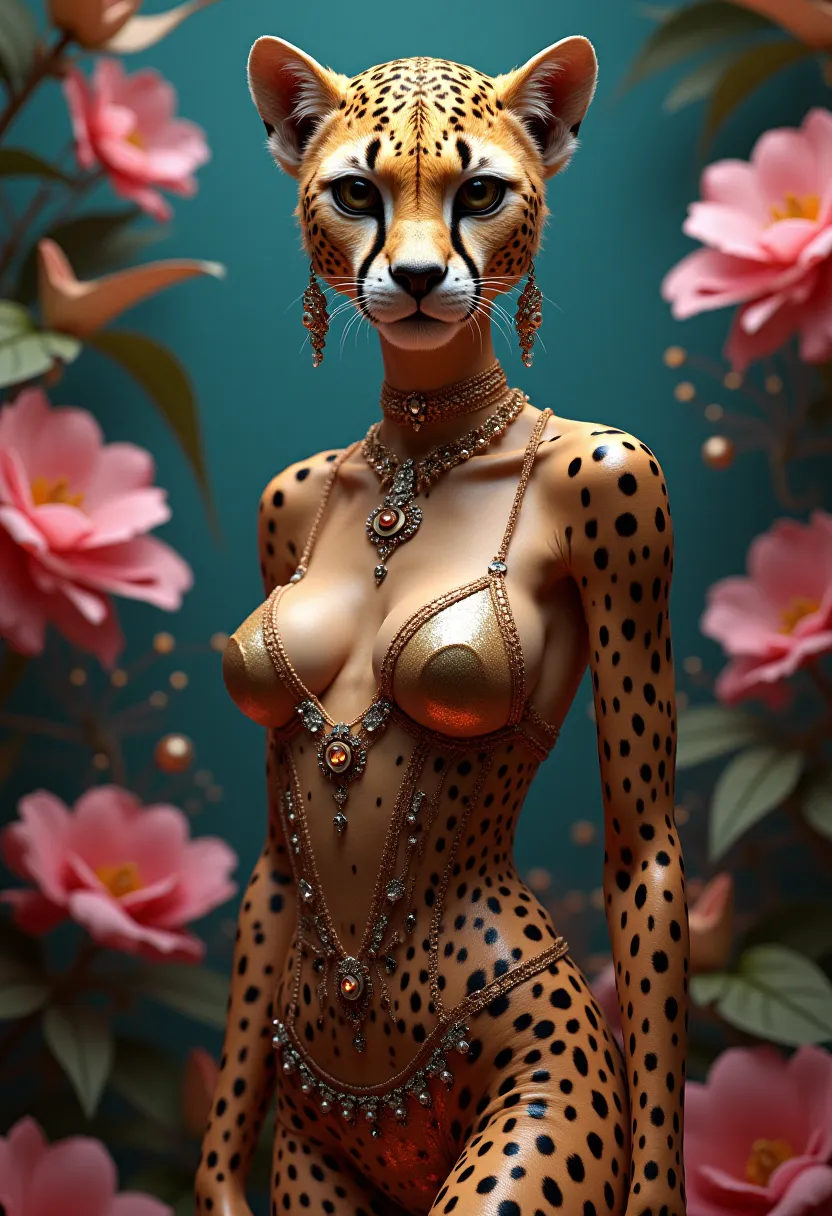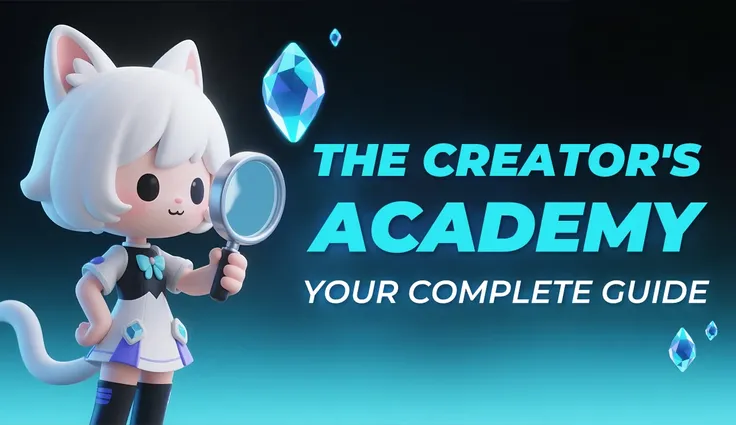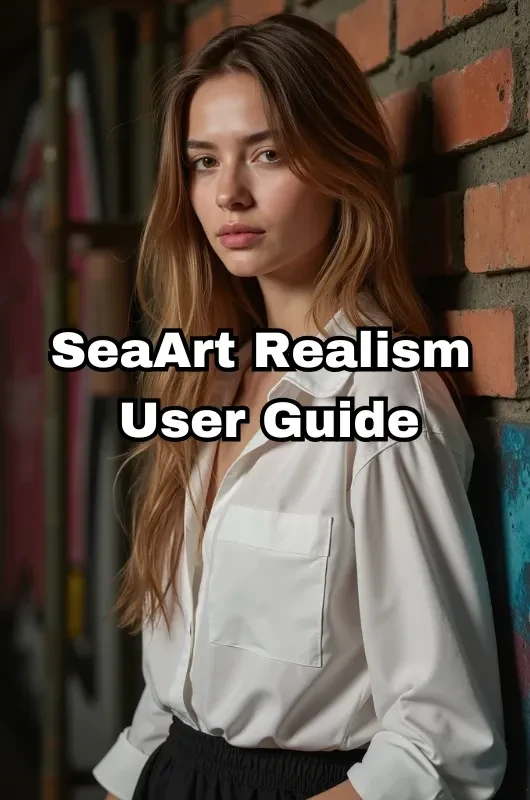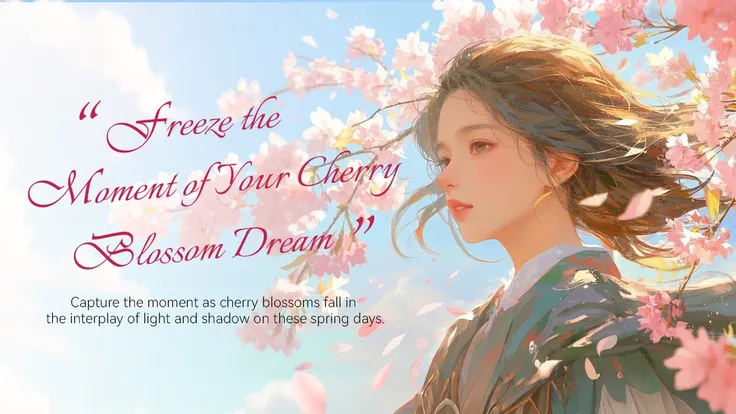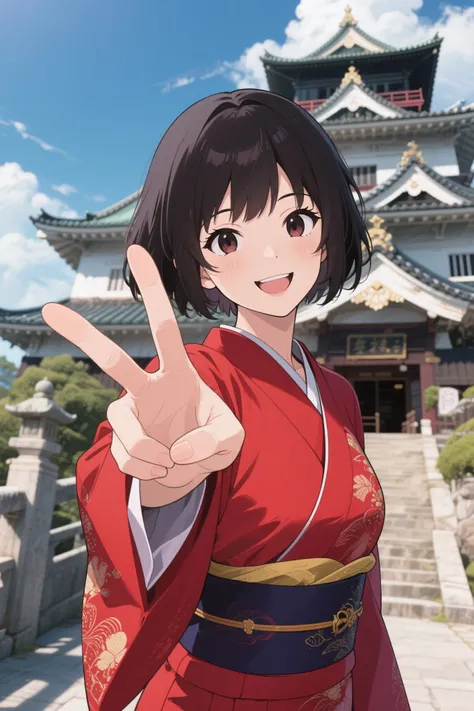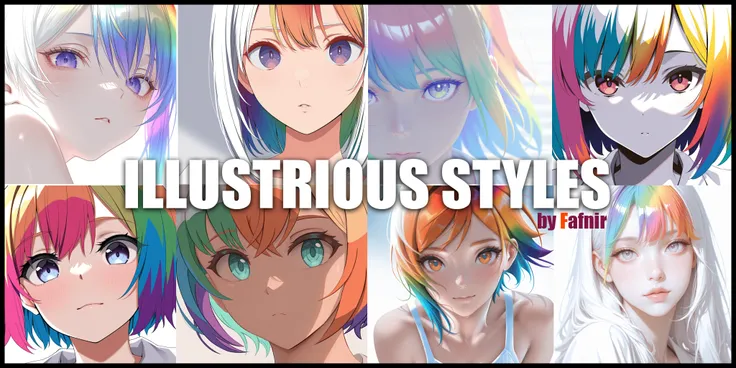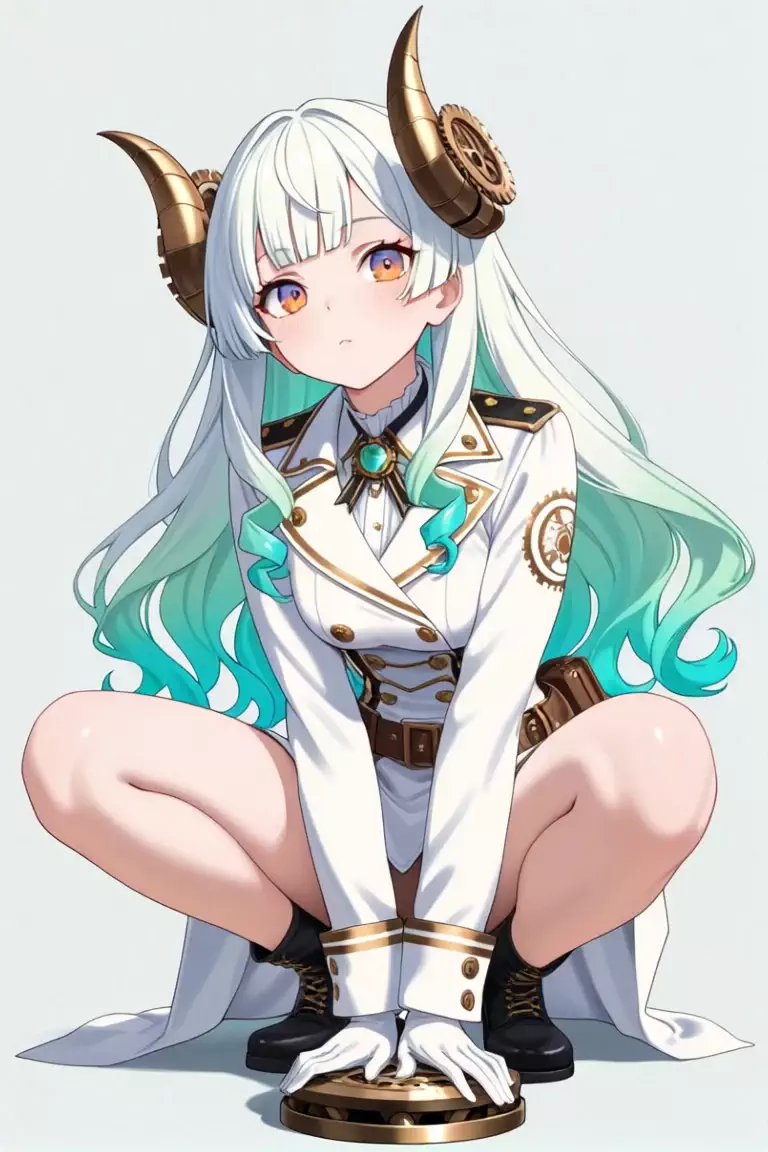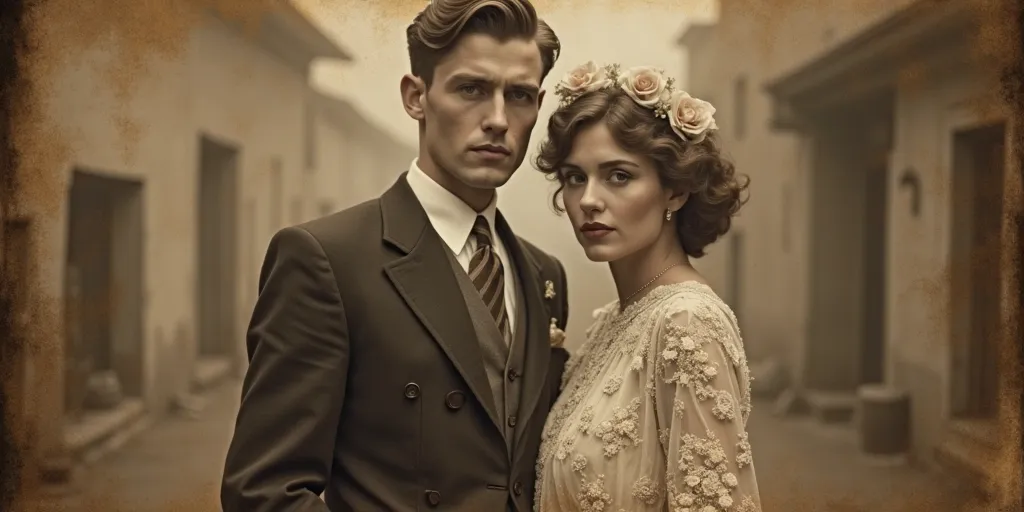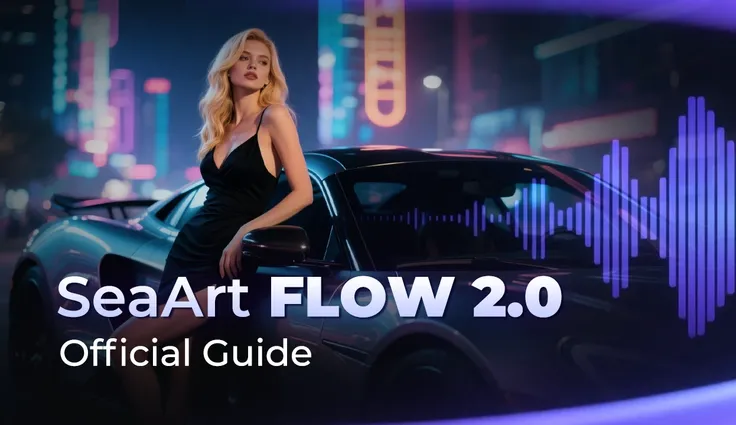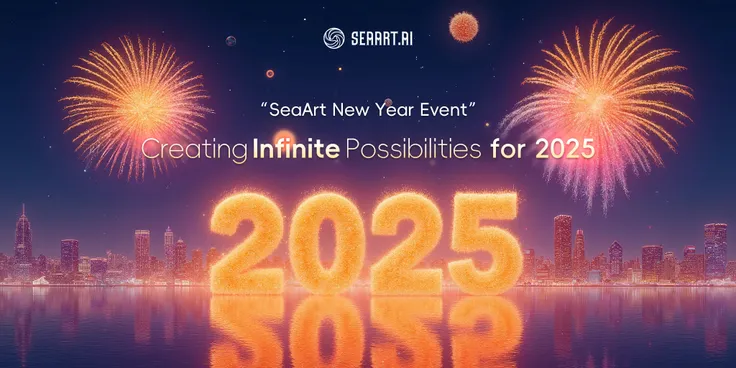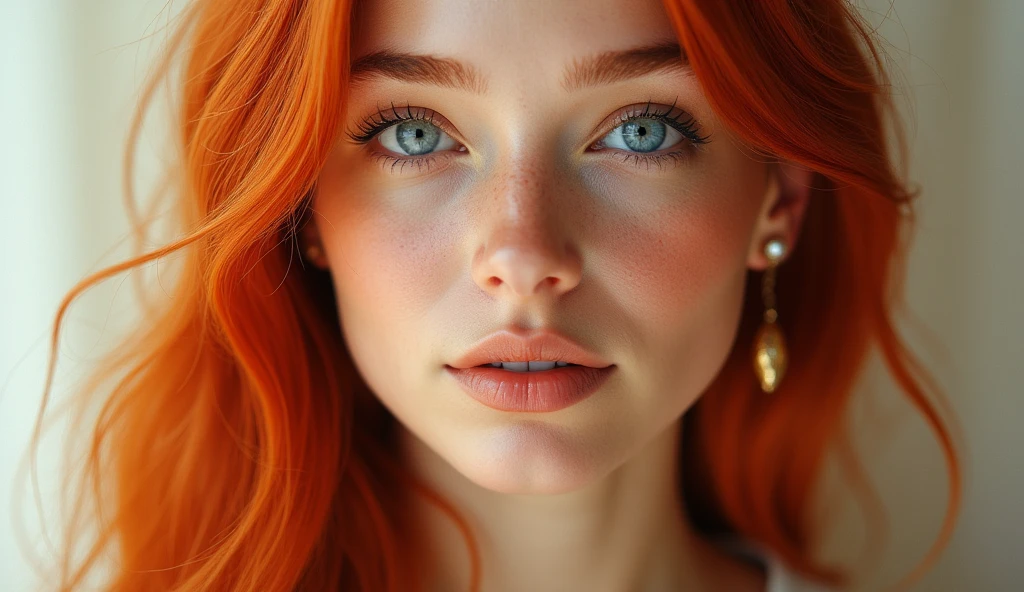The other day I randomly stumbled upon a video made by a guy who claimed AI art is just slop. He said he was going on Pintrest looking for inspiration for his art and complained how a few of the images were clearly AI and was claiming they were useless slop, just ripped off from real artists such as himself. This bothered me. I think it’s ironic how some people such as this Youtuber criticize AI-generated art as theft, while simultaneously scrolling Pinterest for “inspiration.” Aren’t both drawing on pre-existing works to spark new ideas? The difference is that AI pulls from a vast pool of visual data, combining styles, concepts, and aesthetics under the direction of the human behind the screen. It’s not theft—it’s collaboration. And as AI artists, we should be proud of this process and aim to raise the bar. If critics are loud, we should be louder—with quality.
This is why tools like SeaArt AI are so important. They’re not just “generators”—they’re full creative suites packed with features for artists of all skill levels. From high-end image generation to animated video, background removal, and endless customizable settings, SeaArt AI offers the kind of creative flexibility that turns casual dabblers into committed artists.
Because make no mistake: using AI consistently makes you an artist. You’re developing taste, making creative decisions, learning visual language. If you didn’t have an eye for composition before, you’ll begin to develop one. If you never knew what surrealism was, or how lighting and color affect mood, you’ll start to notice. Prompting is just the beginning—refining, curating, editing, and publishing are all part of the creative process. The more you do it, the more you grow.
Let’s imagine someone—we’ll call them Artie. They stumble across a YouTube video promising $10K a day with AI and print-on-demand. Sounds easy, right? Artie signs up for a generator (let’s say SeaArt AI), and quickly realizes this isn’t plug-and-play. They need to decide on a subject, write prompts, adjust models and settings. After hours of experimentation, Artie still doesn’t have a finished product. They begin learning about concepts like DPI, transparency, file formats, and image ratios. Then comes uploading, writing product descriptions, brand identity, color palettes, and social media strategy. Days pass. Still no sales. But then—someone likes one of their designs. And something shifts.
It’s pride. It’s ownership. That little rush of, “I made that.”I
t doesn’t matter that they didn’t hand-draw it. The effort, thought, and care that went into the creation proves that it’s real. It is art.
Creating with AI takes time, patience, and persistence. Most people who try it casually will quit long before reaching the finish line. That’s because it’s not as easy as it looks. The AI artist puts in work. They learn tools, develop style, experiment, get it wrong, try again.So no—AI art isn’t “soulless slop.” Not when a human being is behind every click, driven by that core creative impulse: I want to make something. If ten people are given the same prompt and freedom to generate a product using AI, they’ll each produce something unique.
That’s not copying—that’s creating.AI isn’t replacing artists.
It’s expanding the definition of who gets to be one.
Let’s embrace that.
Let’s raise the bar.
Let’s create work so compelling it speaks for itself.
And with tools like SeaArt AI, we can.











